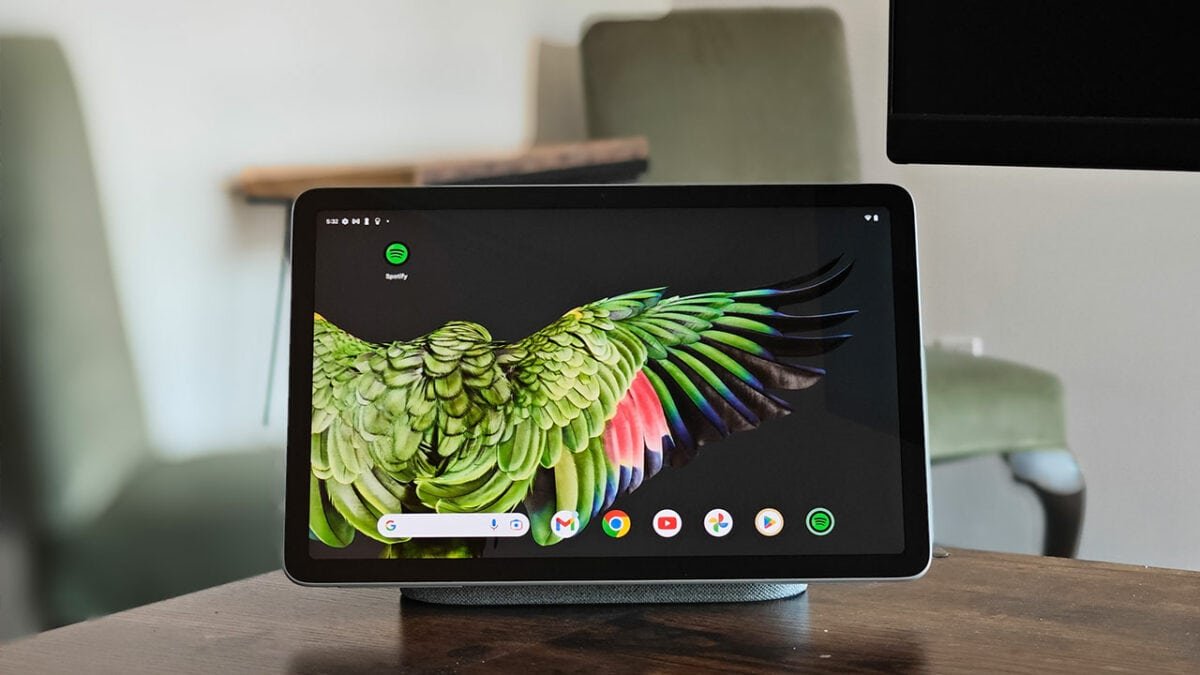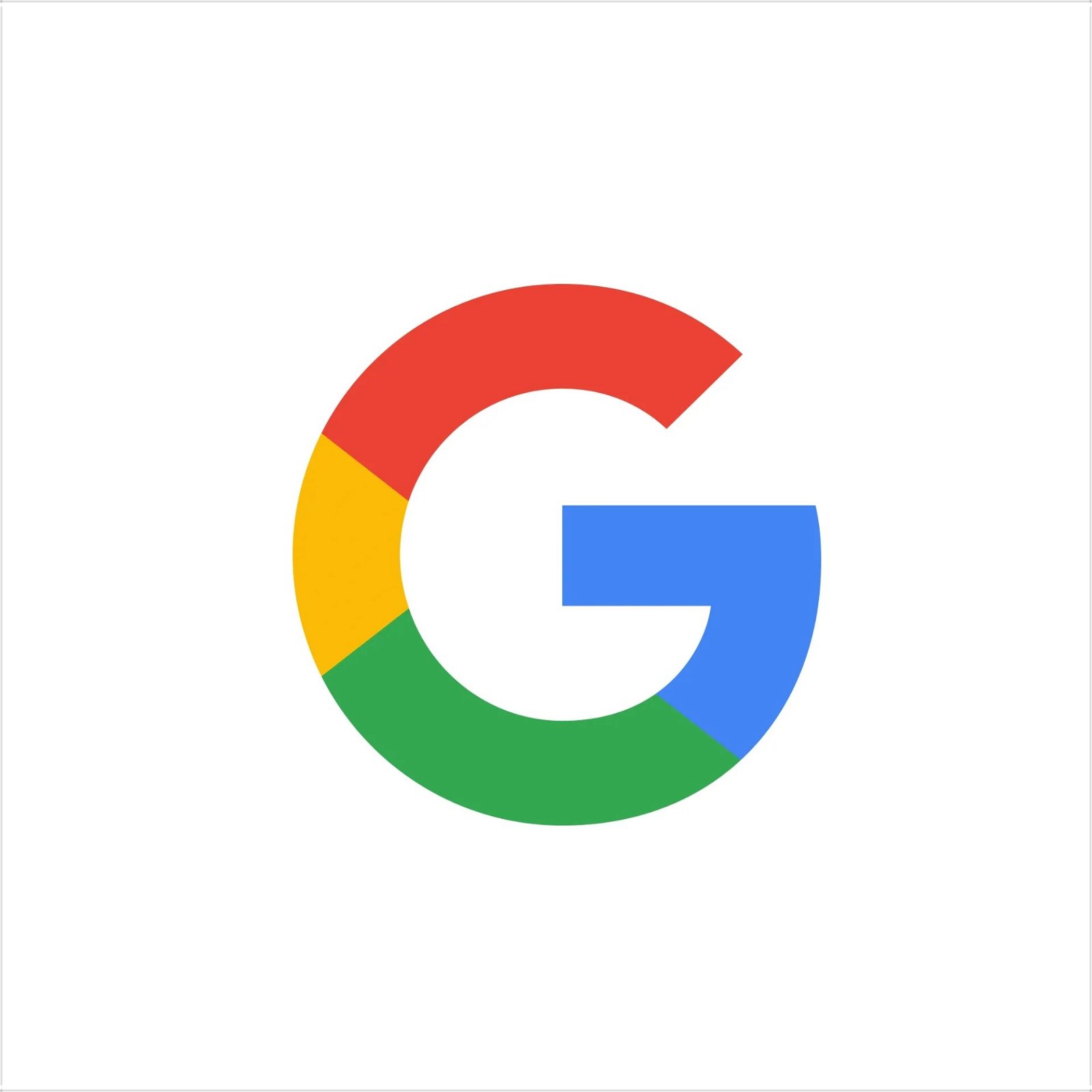The Google Pixel Tablet is a major return to the tablet market for the tech giant. After a somewhat rocky journey over the years, marked by hits and misses, Google is back with a new attempt at carving a niche for itself in a landscape dominated by Apple’s iPads and other offerings from Amazon and Samsung. While there are some issues, the Google Pixel Tablet is one of the best Android tablets I have used in recent years.
Let’s get this out of the way; the Pixel Tablet isn’t a budget offering. At $500 for the base model, with additional costs for extra storage and a protective case, Google is gunning firmly on the mid-range market with this offering. While loftier than Amazon’s Fire tablets or Samsung’s A-series, this price point still lands below the cost of Apple’s entry-level iPads. However, the Pixel Tablet brings a lot to the table, not least of which is an innovative 2-in-1 design that makes it infinitely more useful than past tablets.
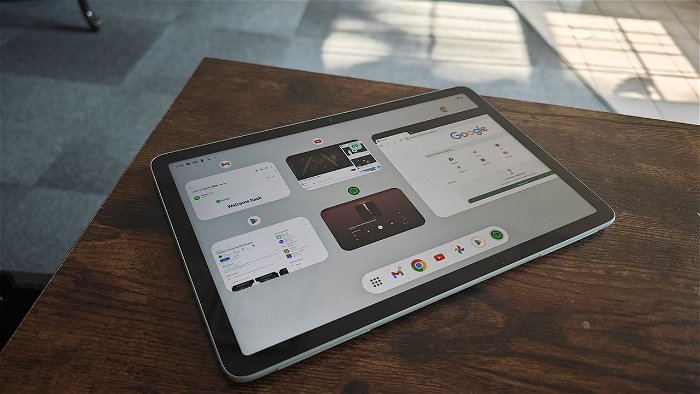
Boasting an 11-inch display with a crisp 2,560×1,600 pixel resolution, the Pixel Tablet oozes a style unmistakably Google. The aluminum casing comes in two colours, Porcelain and Hazel, and lends it a solid, premium feel, although the tablet leans towards the heavier side at 17.39 oz (493 g). The lack of a headphone jack might be a pain point for some, but the rapid adoption of Bluetooth earphones might soften the blow for most, and thankfully the Pixel Tablet has an Ace up its sleeve to help make audio more exciting.
“The Google Pixel Tablet is one of the best Android tablets I have used in recent years.”
This brings us to the main selling point of this tablet, its dockable home hub feature, a feature I wish Apple would adopt for its iPad range. The Pixel Tablet’s included dock charges the device and doubles as a stand. While the proprietary charging cable may annoy some, the convenience of its use case as a home picture frame, smart home interface or connected speaker/display more than makes up for it.
The speaker won’t work without the Pixel tablet, but it’s an easy way to integrate the device into a home and serves as a great way to access all of Google’s smart features without investing in two smart devices. Oh, did I forget to mention that the Pixel Tablet acts as a Chrome Cast display when docked?
The dock is a fantastic concept in theory, and in testing, I loved how easy it was to get up and running and use it on a daily basis. The speakers on the base are much more well-rounded compared to the tablet alone, but both fall well short of what we have come to expect from smart device audio in recent years. I would argue even the Nest Mini offers better audio quality, delivering a more well-rounded audio experience. Still, for throwing on a YouTube video or a podcast, the Google Pixel Tablet more than delivers.

Under the hood, Google’s Tensor G2 chip provides a smooth user experience, with few hitches noticed on the software. Still, the attention Google took to this version of Android feels fantastic. Adding multiple users to the device has never been easier, and switching is incredibly easy. Thanks to the simple power button/fingerprint reader, it is easy to keep an account locked down and one for the family if you so wish.
Gaming on the Pixel Tablet feels good, even if it doesn’t match the speeds of Qualcomm-based chips. Much like the Pixel 7 range, the Tensor G2 is a solid processor but not quite the gaming powerhouse that the Snapdragon has proven itself to be. You should still have plenty of resources to play games at reasonable settings, but we did notice some stuttering in games like Genshin Impact and Honkai: Star Rail, and while it doesn’t make the game unplayable, it’s definitely not the ideal way to experience high-fidelity Android gaming.
“The dock is a fantastic concept in theory, and in testing, I loved how easy it was to get up and running and use it on a daily basis.”
Never has Android felt more designed for the big screen than it does on the Pixel Tablet. Apps, when they are built for the form factor, feel great, using the real estate well and allowing new ways to use the apps you know and love. I also like the new taskbar that makes it easy to jump between apps, giving you a much easier way to navigate the OS. Even the new split-screen features feel more intuitive this time, making this Android version feel much more built to take advantage of what a tablet can be.
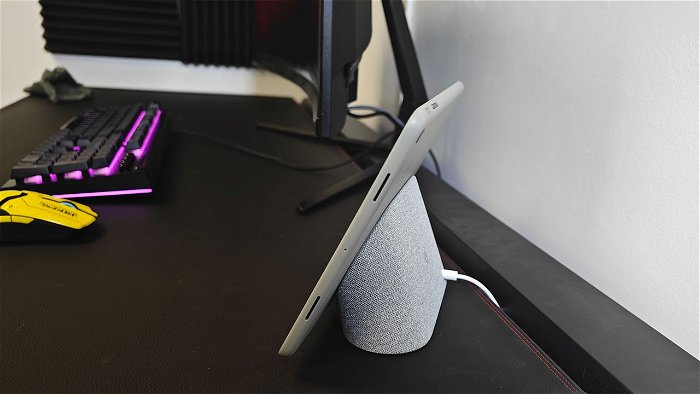
Despite all these promising features, we do have a couple of gripes. The absence of a Google keyboard case or stylus at launch may limit its utility for productivity-focused users. This, coupled with some apps not yet optimized for the Pixel Tablet, paints it as a more home-focused device rather than a workhorse. I loved how well the Pixel Tablet ran, but with no easy way to dive into productivity, this feels much more tailor-made for Netflix over Google Docs.
The battery on the Pixel Tablet is solid, if not remarkable. Google claims you can get up to 12 hours of video watching out of a charge with the tablet’s 27-watt-hour battery, and our tests show similar results. Granted, this will go down a bit should you push the Tensor G2 as hard as it can go with constant gaming, but streaming and video watching will give you a solid half-day worth of use between charges. The dock is not the fastest charger out there, but at 15 W, it gets the job done. You can also opt to charge with USB Type-C at 18 Watts, although it won’t make much difference in the long run.
Looking at the device’s camera, the front-facing 8-megapixel shooter delivers respectable selfies and video chat performance, going beyond typical laptop-video-chat expectations. The placement of the camera, similar to Apple’s 10th-gen iPad, makes it easy to use for video chats when docked. Unfortunately, it is sub-par compared to smartphones, and honestly, I could not see any reason to suggest using it beyond regular chats with the family or scanning the random document when in a hurry.
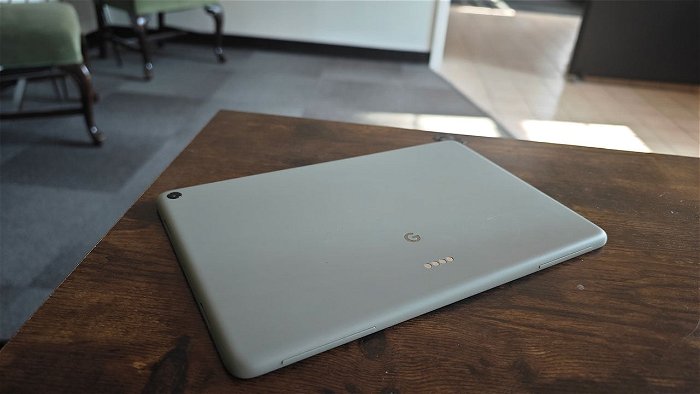
Comparatively, the Pixel Tablet lacks some of the ambitious ideas of Google’s previous Slate tablet, such as a keyboard and trackpad. This iteration leans towards a sharable, media-centric, app-browsing tablet but without any groundbreaking solutions to adding a keyboard or accessing ChromeOS-type features.
If you want a Chromebook, you’re better off getting one. You can add a keyboard here or a stylus, but your experience won’t be much different than with other Android tablets. The fact that other options like Samsung, OnePlus, and Amazon already offer or include keyboard accessories leaves the Pixel Tablet feeling a tad under-equipped, at least for productivity.
“For those people, this could be the Google tablet they’ve been waiting for.”
The smart home features are an enticing aspect of the Pixel Tablet, which connects to Google Home devices and services as seamlessly as a Nest Hub. Its voice response is fast, allowing users to play music, ask questions and launch YouTube videos easily. The Pixel Tablet finds its niche in its ability to act as a small TV, a handy tool in the kitchen, or a simple device to check the news.

While I touched on it earlier, one of the biggest gripes rests with the software side of the Pixel Tablet. Google’s renewed focus on its tablet lineup shines through. The multitasking capabilities, echoing Apple’s iPadOS, work well, and the addition of widgets brings a welcome layer of customization, but it’s not without its flaws. While some popular apps and Google’s own core apps have been optimized, several others are not yet compatible. Some Google Play apps don’t run yet on the Pixel Tablet, while others simply look like blown-up phone apps, an issue Android has faced since the early days of tablets on the platform.
Comparing the Pixel Tablet to its predecessor, the Pixel Slate, reveals an interesting shift in strategy. Where the Pixel Slate attempted to bridge the gap between Chromebooks and tablets, the Pixel Tablet instead leans into being a pure tablet. Gone are the Chromebook-like features of the Pixel Slate, replaced by a focus on media consumption, ease of use, and smart home integration.
The Pixel Tablet also holds its ground against the competition, offering an experience distinct from the work-focused iPads and budget-centric Fire Tablets. It does not try to compete directly with either, instead carving out a unique niche for itself as a premium, home-centric Android tablet. Whether this is a niche many are looking for remains to be seen, but it is refreshing to see Google not merely mimicking its competitors.
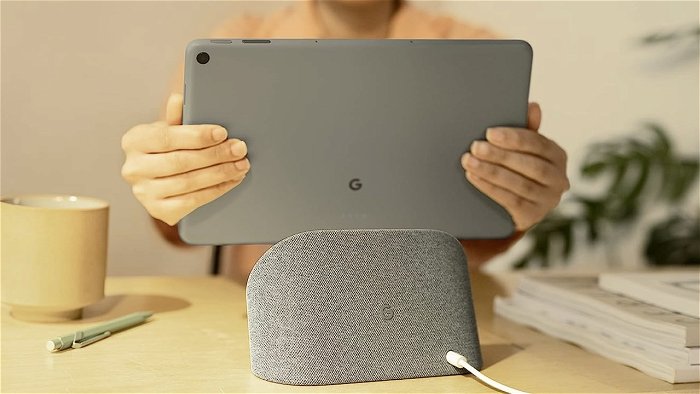
The Google Pixel Tablet represents a new dawn for Google’s tablet ventures, breaking away from the aims of its predecessors and staking a claim as a high-quality, home-focused Android tablet. While it lacks some expected features, such as a stylus or keyboard case, its focus on smart home integration, media consumption and ease of use helps it stand out.
Google needs to remain committed to the Pixel Tablet, particularly in the areas of software optimization and performance improvements. The tech giant’s history of shifting product focus could put potential buyers off. However, if Google stands by the Pixel Tablet, it has the potential to become a staple in the Android tablet landscape and an attractive non-phone option for those in the Google ecosystem. App makers need to see a commitment to the platform in order to invest in making tablet apps, and the rapid changes may make developers pause before committing.
A few tweaks, such as introducing a keyboard cover, lowering the price, and refining the software, could cement the Pixel Tablet’s place in the market. However, the Google Pixel Tablet is a promising, high-quality offering for those looking for a premium Android tablet experience. For those people, this could be the Google tablet they’ve been waiting for.
